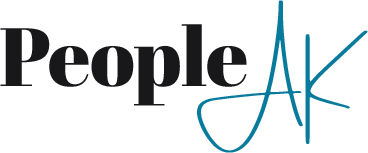Stephanie Haydn Buchanan / Senior Consultant, Business Development
More than ever before, the recruiting environment is changing. Attracting top talent is a topic many organizations are currently examining. Daily, hiring trends and lack of available workers make national headlines. According to the U.S. Department of Labor, labor participation rates have yet to recover to pre-pandemic numbers. In 2019 69.2% of eligible men and 57.4% of eligible women contributed to the US workforce. These numbers are currently at 67.6 and 56.1 for 2021. So, where have all the workers gone?
If unemployment is down and new job creation is up, it is safe to assume the workforce is distributed differently and that workers have altered the type of work they engage in. Given these statistics and an understanding of workforce reprioritization, recruiting is an art backed by an understanding of motivators. Recruitment is a marketing campaign that must attract applicants through meaningful and impactful messaging.
When collaborating with clients to fill executive roles it is imperative that the organization defines their differentiating factors. According to Forbes Magazine, 97% of C-Suite executives are not looking, they are what we classify as passive applicants. Executive staffing consultants are redefining how they attract and maintain a pipeline of qualified candidates. This is a delicate balance between client representation and candidate engagement.
For most firms, the client is the organization looking to hire. The client is the customer, and the candidate is the commodity. However, when recruiting executives, the candidate becomes the client, therefore should be treated as a valuable asset. Each executive recruitment is different, but the methodology to properly onboard the engagement is similar. There are a few key exercises to engage in prior to launching a successful search.
Here are a few questions to consider:
- Does the current job description align with the company’s strategic objectives?
- How will the client measure success at one year, three years, and beyond?
- What is not listed on the job description that a candidate must possess?
- Why would an executive leave their position to lead the organization?
- What is unique about the culture that you would not learn by reviewing the website?
These questions will help both the consultant and the company define the best fit. Technical skills are often the easiest to identify. Cultural fit and alignment are much more complicated but equally important to define.
According to PeopleAK CEO, Paula Bradison, “Preceding an executive recruitment with strategic planning allows the hiring committee to clearly define success factors, resulting in alignment and a more successful hire.”
Following a facilitated conversation with the hiring committee or decision maker, the consultant should have a clear understanding of the type of candidate that will meet the client’s needs and be successful. Armed with this knowledge the consultant can develop an intentional marketing campaign, reaching passive applicants, and casting a wider net resulting in quality client submissions. Executive staffing consultants are not simply recruiting, they are marketing, business development, and sales. Their role is to clearly understand what the client needs and who is going to be a successful leader. Successful leaders define culture and inspire their teams. Finding a unicorn requires creativity.

